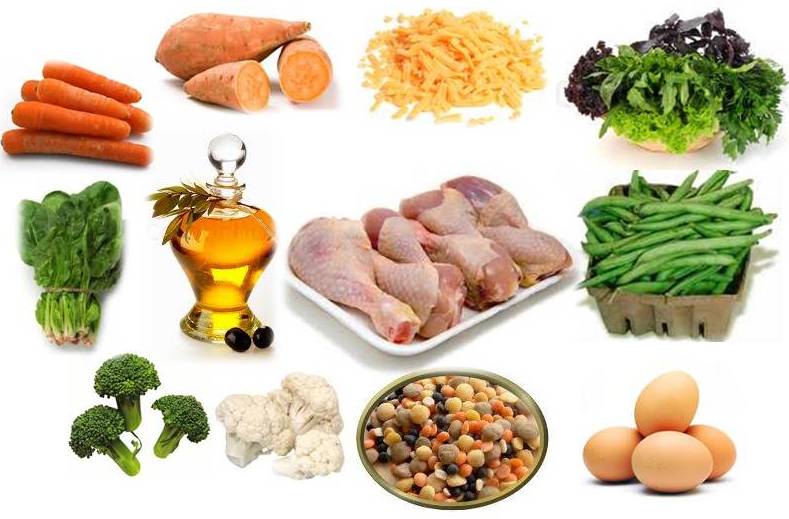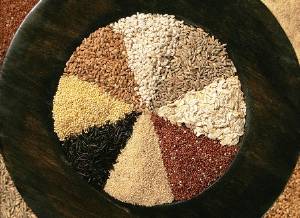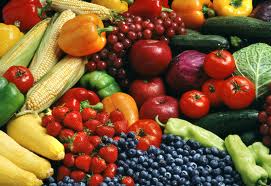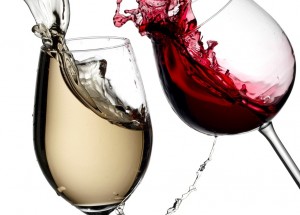What can I eat on a gluten free diet?
One of the biggest concerns for gluten sensitive and intolerant people is figuring out what they can eat. While cutting out gluten completely from your diet may seem difficult and limiting, you’d be surprised to find out there are many natural gluten-free foods that are cost-effective and healthy. If you’re wondering what can I eat on a gluten free diet, read our dedicated blog post on the various gluten-free food groups.
From fruits, vegetables, meat and poultry, dairy, fish and seafood, legumes, beams and nuts, the choices are many. There are also many naturally gluten-free grains and starch-containing foods that you can also incorporate into your gluten-free diet. But be careful! There are some foods that contain “hidden gluten”, or are processed using the same equipment used for wheat, making them contaminated. So make sure you carefully read the labels of the foods you’re purchasing to make sure they’re truly gluten-free.
Cutting out gluten from your diet may seem like a difficult and limiting task. Fortunately, there are many healthy and delicious foods that are naturally gluten-free!
The most cost-effective and healthy way to follow the gluten-free diet is to seek out these naturally gluten-free food groups, which include:

- Fruits
- Vegetables
- Meat and poultry
- Fish and seafood
- Dairy
- Beans, legumes, and nuts
Pure wheat grass and barley grass are gluten-free, but there is gluten in the seeds. If they are not harvested or processed correctly, there is risk of gluten contamination.
What About Grains?
There are many naturally gluten-free grains that you can enjoy in a variety of creative ways. Many of these grains can be found in your local grocery store, but some of the lesser-known grains may only be found in specialty or health food stores. It is not recommended to purchase grains from bulk bins because of the possibility for cross-contact with gluten.
The following grains and other starch-containing foods are naturally gluten-free:
-
- Rice

- Cassava
- Corn (maize)
- Soy
- Potato
- Tapioca
- Beans
- Sorghum
- Rice
- Quinoa
- Millet
- Buckwheat groats (also known as kasha)

- Arrowroot
- Amaranth
- Teff
- Flax
- Chia
- Yucca
- Gluten-free oats
- Nut flours
There has been some research that some naturally gluten-free grains may contain gluten from cross-contact with gluten-containing grains through harvesting and processing. If you are concerned about the safety of a grain, purchase only versions that are tested for the presence of gluten and contain less than 20 ppm.
Gluten-Free Substitutes
Many items that usually contain gluten have gluten-free alternatives that are widely available in most grocery stores, and make living gluten-free much easier. Keep in mind, however, that minimally processed fresh foods are a crucial part of a healthy gluten-free diet. It is very important to base your diet around fruits, vegetables, meats, and other healthy food groups listed above.
Many commercially available products are labeled “gluten-free,” but there will be some that are not; this is why proper label reading is important. It is also important to remember that “wheat-free” does not necessarily mean “gluten-free.” Be wary, as many products may appear to be gluten-free, but are not.
As a rule, traditional wheat products such as pastas, breads, crackers, and other baked goods are not gluten-free. However, there are many gluten-free options available that use alternative flours and grains. Often, gluten-free bread can be found in the freezer section. Additionally, there are gluten-free flours and flour blends available in the grocery aisle, allowing you to bake your own bread.
Cereals
Many cereals contain gluten or wheat-based ingredients, but there are some that do not. Be on the lookout for the “gluten-free” label, but also realize that not all gluten-free cereals will advertise as such, so it is important to check the list of ingredients. Something to watch out for: cornflakes and puffed rice cereal may contain malt flavoring or extract, which contains gluten!
Oats
Oats are often harvested and processed with the same equipment that is used for wheat, and are therefore easily contaminated. Research indicates that pure, uncontaminated oats consumed in moderation (up to ½ cup dry rolled oats daily) are tolerated by most people with celiac disease. Look for oats specifically labeled gluten-free in all products containing oats, including granolas and granola bars.
Soups and Sauces
Soups and sauces are one of the biggest sources of hidden gluten, as many companies use wheat as a thickener. It is always a good idea to read the label of any pre-prepared or canned soups and sauces, paying special attention to those that are cream-based.

Produce
Fresh and frozen fruits and vegetables are naturally gluten-free. However, it is important to read labels on any processed fruits and veggies, as well as dried fruit and pre-prepared smoothies. Additionally, packaged frozen potatoes are not always gluten-free, and labels should be read carefully when considering these products.

Beverages
Most beverages are gluten-free, including juices, sodas, and sports drinks. Alcoholic beverages, including wines and hard liquor/distilled liquors/hard ciders are also gluten-free. However, beers, ales, lagers, malt beverages and malt vinegars that are made from gluten-containing grains are not distilled and therefore are not gluten-free. There are gluten-free beers available
Medicines, Vitamins and Supplements
Not all medicines and vitamins are gluten-free, so make sure to read the label before you buy.
Przyjęcie leku w trakcie posiłku może spowodować opóźnienie początku jego działania. Mężczyźni cierpią na wiele różnych form dysfunkcji seksualnych. Początkowo pojawiały się Jak zacząć terapię? informacje o Ograniczenia wiekowe i związane z aktywnością skutkach ubocznych i wątpliwej skuteczności leku, co zniechęcało do jego stosowania, jednak w krótkim czasie przekonano się, ze stosowana według zaleceń lekarskich viagra jest nie tylko bezpieczna ale i skuteczna.

